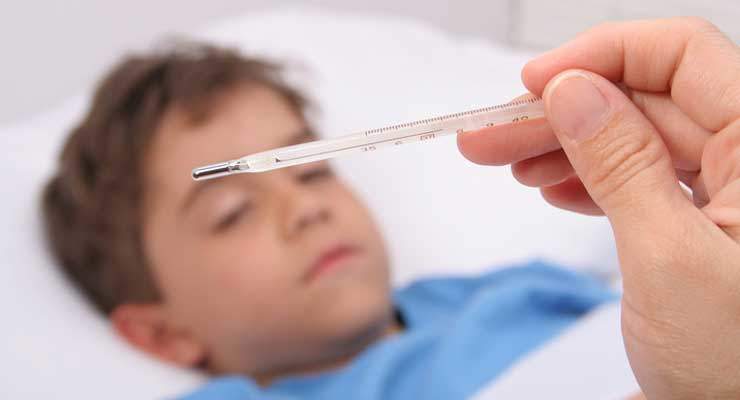As a parent, you probably know when your child feels well and when he isn’t feeling his best. Depending on the age of your child, he may not be able to tell you what is wrong or describe how he feels. Trying to determine the cause of his discomfort can be like sifting through a haystack in search of a needle. Certain symptoms, such as rashes and fevers, can provide useful clues and help you know when to contact your pediatrician.
Fever
Even before you grab your thermometer, certain symptoms may indicate the presence of a fever in your child. You may notice that your child seems thirstier than normal and has a reduced appetite. He may become inactive or less talkative. Your child may also feel warm to the touch or complain that he feels hot. A temperature slightly over 100 degrees Fahrenheit confirms that your child is running a fever. Fevers and rashes often occur simultaneously.
Itchy Rash
A common condition in children, chickenpox shows up as small blisters that cause intense itching. The rash starts with raised bumps that fill with fluid. The blisters then pop, forming a crust or scab over the lesion. In addition to the appearance of these itchy spots, you may notice that your child loses his appetite, complains of a mild headache, feels irritable and runs a fever. Having your child immunized against this illness can protect him from developing chickenpox.
Flat and Raised Spots
Rubeola, a condition caused by the measles virus, causes both flat and raised spots over the skin on your child’s face and neck. Unlike chickenpox, these blisters do not contain fluid. This illness usually affects children between the ages of 5 and 9 years, causing a fever and hoarse cough. The most common times for children to contract this illness is during the late winter and early spring months.
Localized Rash
A small rash that begins in a small area and spreads may be contact dermatitis from contact with an irritating substance. However, if a fever accompanies his rash and he has spent time outdoors, he may have Lyme disease. Caused by tick bites, Lyme disease causes raised papules around the site of the bite, spreading to involve large areas of skin. Your child may also complain of fever and swollen lymph glands.
Child Care Tips for Fever:






